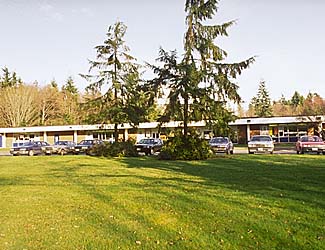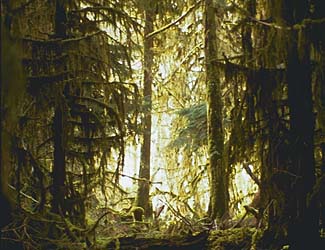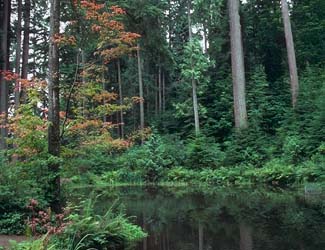
Home | About Us | How to Participate | Biodiversity Modules | Projects | Maps | News | Resources
GAP Analysis Predicted Distribution Map

Home | About Us | How to Participate | Biodiversity Modules | Projects | Maps | News | Resources
Species Code: CYST
|
Metadata (Data about data or how the map was made)
Habitat
The Steller's Jay occurs commonly in a variety of forested habitats and open or fragmented landscapes within forested zones, mostly at low to moderate elevations, but breeding into alpine parkland. It can be found in mixed forests, hardwood forests, coniferous forest, residential areas, and agricultural areas in forested landscapes.
Good habitat in core zones included all habitats except high-density development, estuaries, and bare ground below the Mountain Hemlock zone (west side), below the Sub-alpine Fir zone (east side) and above the steppe zones. Peripherally it occurred in the Mountain Hemlock, Sub-alpine fir, and Alpine/Parkland zones.



|
Generally, Steller's Jays occur in conifer forests characteristic of western temperate areas, and Gray Jays occur in forests with more boreal conditions, but there is tremendous overlap between the two species in Washington. Gray Jays tend to be more common than Steller's Jays at higher elevations, on north-facing slopes, and in cold, wet forests. The Olympic Peninsula Gray Jays prefer dense wet forests, which are less suitable for Steller's Jays. However, Steller's Jays now occur at higher elevations and more commonly on the Olympic Peninsula than previously, due to the presence of people. Structures, food, waste, and forest cutting favor Steller's Jays, leaving Gray Jays to inhabit the remaining unaltered coniferous forest.
Translated from the Washington Gap Analysis Bird Volume by Uchenna Bright
Text edited by Gussie Litwer
Webpage designed by Dave Lester